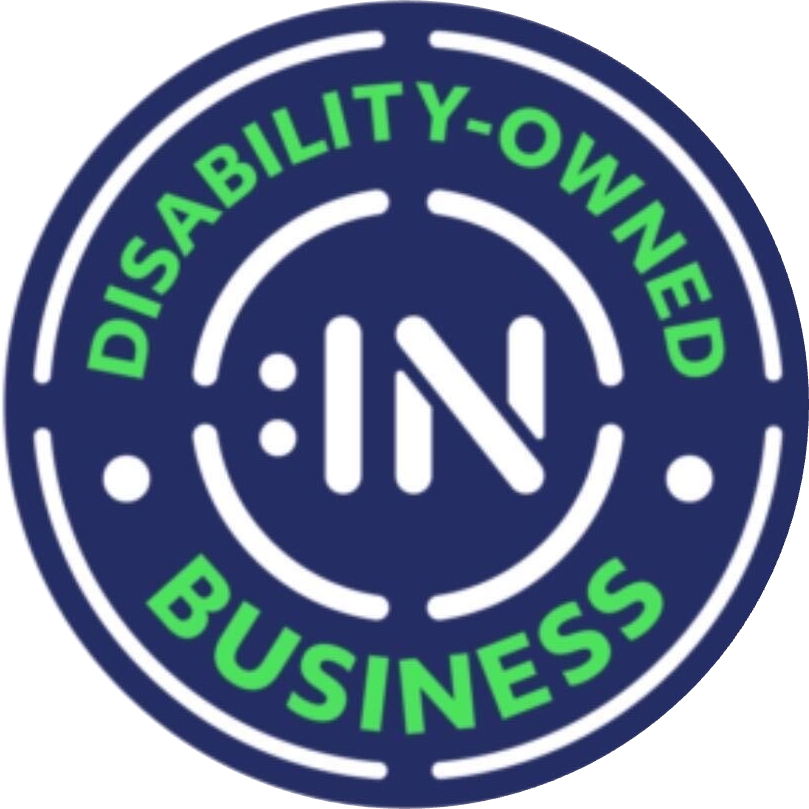Callagy Law: New Jersey PIP Attorneys in Bergen & Hudson County
New Jersey is a no-fault state where all motorists (with some exceptions) are required to have some amount of PIP (Personal Injury Protection) coverage as part of their automobile policy. The purpose is to ensure that motorists will be able to receive treatment for the injuries incurred during the motor vehicle accident, without having to undergo lengthy litigation. PIP hearings do not take place in court, rather the parties involved (Claimant and Respondent) participate in binding arbitrations.
PIP litigation is a niche area of the law, and with that niche comes a ton of acronyms. If you are new to the PIP world, these are the most essential terms for you to know before attending an arbitration hearing:
DRP: (Dispute Resolution Professional): A neutral party who listens to both sides of the dispute and renders a final decision. NJ dispute resolution professionals are licensed attorneys.
AOB: (Assignment of Benefits): A document signed by the Patient which allows a treating provider to arbitrate on their behalf. An AOB must clearly demonstrate the intent of the Patient to transfer their rights and subject matter of the assignment must be described sufficiently to make it capable of being identified.
CPT: (Current Procedural Terminology): Medical code developed by the American Medical Association used to report medical, surgical, and diagnostic services when billing an insurance carrier. Different services have different CPT Codes.
Ex:
- CPT Code 63020: neck spine disk surgery
- CPT Code 63030: low back disk surgery
Modifier: Modifier provides the means to indicate that a service or procedure that has been performed has been altered by some specific circumstance but the service or procedure has not changed in its definition.
Ex:
- Modifier 50: used to identify bilateral (left and right) procedures
- Modifier 59: used to indicate that a procedure or service was distinct or independent from another billed procedure.
- Modifier -62: used to indicate the procedure was performed by co-surgeons and each surgeon is entitled to recover 62.5% of the eligible charge. What I
- Modifier –TS: used to indicate trauma services
NCCI: (National Correct Coding Initiative) edits: an automated editing system which prevents the payment when certain CPT Codes are billed together. Some edits may be overcome by the addition of a modifier to demonstrate that in this particular instance, the two procedure codes were properly billed together.
UB-04: A claim form used by facilities (hospital, nursing facilities, ambulatory surgical centers) to bill for the services rendered.
HCFA: A claim form used by individual doctors, chiropractors, physical therapists, and other medical providers to bill for the services rendered.
EOB: (Explanation of Benefits): A statement sent by the insurance carrier which explains what services were paid and/or denied.
Fee Schedule: A list of fees and corresponding CPT Codes which designates the rate of reimbursement owed to the Provider. There are different fee schedules for different types of providers
Ex:
- PFS: (physician’s fee schedule): applies to physicians
- HOSF: (hospital outpatient surgical facility): applies to hospitals
- ASC: (ambulatory surgical center): applies to surgical centers, a facility which provides same day surgical care.
UCR: (usual, customary, and reasonableness): When a CPT Code does not have a designated reimbursement value on a fee schedule, the Provider must demonstrate they billed a fee which is usual, customary, and reasonable. Providers can rely on EOBs and national databases to demonstrate their charges were usual, customary, and reasonable.
EMG/NCV: (electromyography and nerve conduction velocity tests): Electrodiagnostic tests that measure the electrical activity of muscles and nerves. An EMG/NCV may be used to identify the presence of nerve damage, the cause of nerve damage, and whether a Patient is responding to treatment.
IME: (independent medical examination): Usually requested by the insurance carrier, a Patient will be examined in person by a healthcare consultant who has not previously treated the Patient. The purpose of this exam is to allow an impartial physician to meet with the Patient, discuss their symptoms, and physically examine the Patient. The doctor who performs the IME then writes a report addressing issues such as the Patient’s diagnosis, recommended care, and whether the treating physician is providing the appropriate care.
MRO: (Medical Review Organization): A health care consultant who reviews all medical records submitted by the parties and issues a report addressing issues of causality, medical necessity, etc. The report is presumed to be correct by the DRP but may be rebutted.
Do You Consider Yourself A Curious Person And Want To Learn More? Contact Callagy Law
Is there PIP term you want to know more about? Feel free to contact me at eharris@callagylaw.com or 201-261-1700.
In your service,
Emily Harris, Esq.
Attorney, Medical Revenue Recovery
